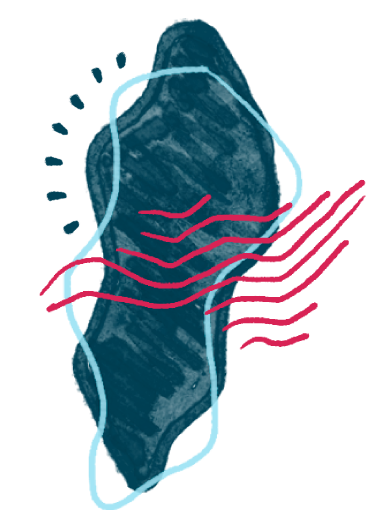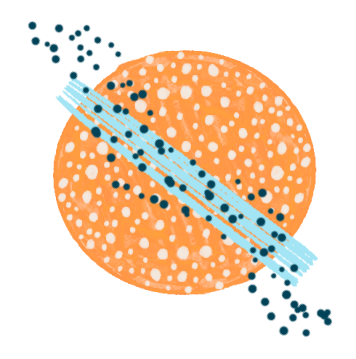In the closely connected fields of healthcare and pharmaceuticals, translation plays a vital role in bridging language gaps. Though these industries may appear similar, their translation needs differ significantly—which affects patients, professionals, and translators alike. Understanding these distinctions is crucial for delivering accurate information to diverse audiences, from patients needing accessible health information to professionals requiring highly specialized content.
Industry Focus

In the healthcare field, translation aims to improve communication between healthcare providers and patients. Since much of the content is patient-facing, it must be easy for individuals from various linguistic and cultural backgrounds to understand. Healthcare translation includes materials like patient handbooks, public health brochures, and hospital signage—all of which must be clear and accessible to support comprehension and foster trust. This type of translation directly impacts patient outcomes, as even small misunderstandings could lead to adverse health effects.
Pharmaceutical translations, however, are focused on supporting drug development and regulatory compliance. This content is primarily intended for professionals—such as doctors, researchers, and regulators—requiring highly specialized scientific language. Here, accuracy is paramount to maintain the integrity of drug formulations, clinical studies, and research documentation. Any errors could have significant consequences, such as regulatory rejections or potential legal issues, making precision a top priority. When it comes to marketing campaigns and more creative content, the target audience is usually patients, and therefore the translation must be crafted with this in mind.
Terminological Accuracy vs. Cultural Adaptation
In healthcare translation, cultural adaptation is essential. Translators must consider local beliefs, healthcare practices, and cultural nuances to make information resonate with diverse patients. This adaptation is particularly important to build trust and ensure patient comprehension, as an overly literal translation could confuse or mislead patients and impact their health and quality of life.
While cultural adaptation is often used in marketing content, pharmaceutical translation prioritizes terminological accuracy. This is critical for preserving the meaning of highly technical documents, such as dosage instructions and clinical trial results. Pharmaceutical translators must adhere strictly to scientific terminology, as even a minor error could compromise drug safety or lead to regulatory complications. In this context, precision in language is essential to protect product integrity and patient outcomes.
Types of Content for Translation
Healthcare translation typically covers accessible documents like patient handbooks, public health brochures, and informational signage. These materials must use clear, straightforward language to ensure they are easily understood by a wide audience, including those without medical knowledge. Translators must consider simplicity and clarity above all to ensure that patients understand crucial health information.
Pharmaceutical translation involves highly specialized content, including clinical study reports, regulatory submissions, and product leaflets. Translators must have expertise in both medical and regulatory language to meet the stringent standards required by regulatory authorities across different countries. Inaccuracies in this type of translation could not only pose legal risks, but also jeopardize patient safety on a global scale.
Global Impact

Localization is particularly important in healthcare, where hospitals and clinics often serve multilingual populations. By translating healthcare materials into multiple languages, providers can offer more inclusive care.
Pharmaceuticals, generally, operate on a global scale. Medications are often produced in one region and distributed worldwide, making consistent, accurate translation essential. Translating instructions, safety guidelines, and disclaimers effectively across regions ensures that the global public has access to safe and reliable products.
The Takeaway
While healthcare and pharmaceutical translation serve distinct roles, both are crucial in enhancing health and safety globally. Healthcare translations prioritize cultural relevance and clarity, while pharmaceutical translations emphasize terminological accuracy and compliance. Collaborating with professional translators helps enhance both sectors by ensuring critical information crosses linguistic barriers effectively.









